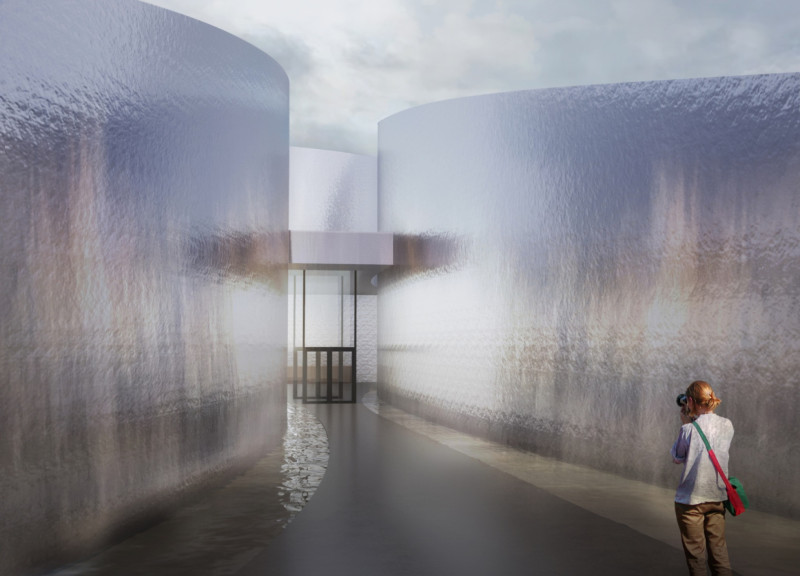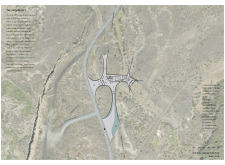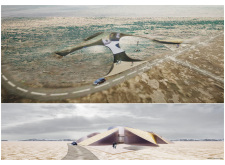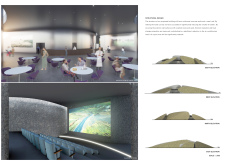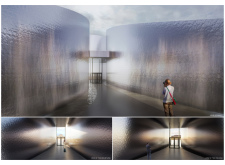5 key facts about this project
At the heart of this project is an emphasis on creating spaces that foster community interaction and individual well-being. The building is designed with an open layout that encourages fluid movement throughout the interior, allowing for both communal engagement and private reflection. Key design elements, such as expansive windows, invite natural light and offer unobstructed views of the landscape, while subtle partitions delineate spaces without compromising the overall sense of openness.
Materiality plays a pivotal role in this project’s identity. A judicious selection of materials, including [list specific materials used, e.g., wood, glass, steel, concrete], underscores a commitment to sustainability and durability. These materials not only offer practical advantages, such as energy efficiency and low maintenance, but also contribute to a warm and welcoming atmosphere. The use of locally sourced materials further emphasizes the project’s connection to its context, fostering a sense of place and community ownership.
Unique design approaches are evident throughout the project, reflecting innovative thinking that prioritizes user experience. For instance, the integration of green roofs and terraces is not only a response to environmental sustainability but also provides outdoor spaces for relaxation and socialization. This integration of nature enhances the sensory experience of the building, blurring the lines between indoor and outdoor environments and promoting biodiversity.
Incorporating passive design strategies is another hallmark of this project. The orientation of windows and the strategic placement of overhangs minimize solar heat gain while maximizing natural light, directly impacting the building’s energy performance. Ventilation strategies are optimized through thoughtfully positioned openings that promote cross-ventilation, ensuring indoor comfort without excessive reliance on mechanical systems.
The architectural design also anticipates future needs, demonstrating flexibility in its spatial arrangements. Rooms can adapt to varying functions over time, catering to changing demographics and uses within the community. This adaptability is a nuanced response to modern life, acknowledging that the needs of users evolve.
This project stands as an example of how contemporary architecture can respond thoughtfully to the demands of modern living while respecting the natural and built environment. The careful consideration of design elements not only prioritizes functionality but also fosters a connection to place and community. Readers are encouraged to explore the detailed architectural plans, sections, and overall design to gain deeper insights into the innovative ideas that define this project. By reviewing these elements, one can appreciate the comprehensive approach taken to create a space that is both practical and harmonious with its surroundings.


